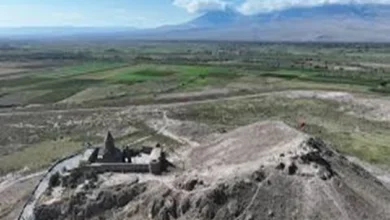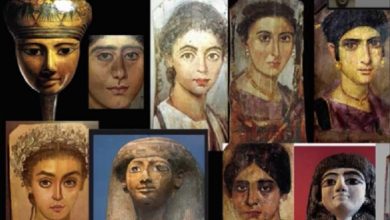The history of the most popular pictorial plot
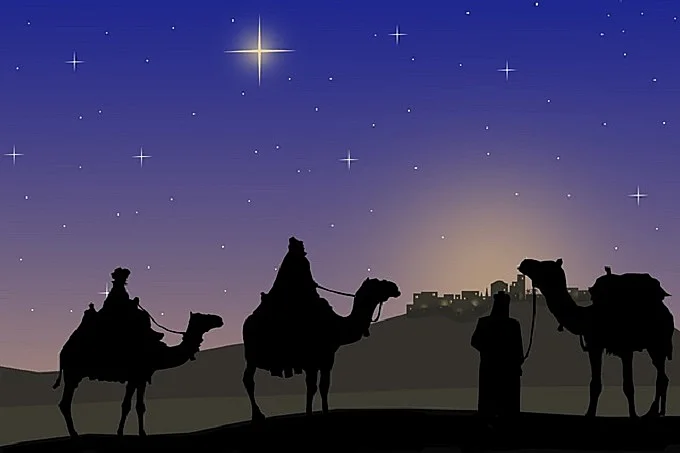
In January, a significant part of the world’s population will celebrate the Epiphany – celebrate in different ways and even on different days: someone will look for a coin in a pie – for good luck, someone will write three quite decent letters on the doors of neighboring houses with chalk, and someone plucks up the courage and plunge into the icy waters of the nearest “Jordan”.
Epiphany is an ancient holiday, filled with many meanings and repeated many times in the works of great painters.
Epiphany and Baptism – are they the same thing?
In general, the Manifestation of God – or Theophany – means any phenomenon of a deity, its transformation into an observable person, being, or at least a phenomenon. In ancient Greece, the Olympian gods could appear before mere mortals – and this was also called Theophany. The very first written mention of such a plot in religion is found in Homer’s Iliad. The meaning that was invested in the celebration of the Epiphany by Christians has changed over the millennia of the existence of this religion.
It was first mentioned at the turn of the 2nd and 3rd centuries. A century later, Epiphany became a holiday for both Eastern Christians and believers in the West, at the same time, Christmas began to be celebrated separately. In general, the Epiphany included events related to the coming of God the Son into the world – Christmas, Adoration of the Magi, and Baptism. On a separate holiday, Epiphany did not stand out immediately. This is interesting because, in the earthly life of Christ, this event was far from the first two. The Armenian Apostolic Church still celebrates Christmas and Epiphany on the same day.
In the Orthodox tradition, the plot of the Epiphany was increasingly associated not with Christmas events but with Epiphany. According to the Gospel, Christ was baptized at the age of thirty in the River Jordan. The Epiphany in this sense is associated with the appearance of the Holy Trinity – God the Father speaks from heaven, God the Son undergoes the rite of Baptism, the Holy Spirit descends on Christ in the form of a dove.
Nowadays, for Orthodox believers, Epiphany and Baptism are two names for the same holiday. Because the church calendar still corresponds to the Julian calendar, this day falls not on January 6, but on January 19.
Epiphany among Catholics
Catholics perceive the Epiphany mainly as the day of the adoration of the Magi to the Christ child. The Gospel of Matthew tells about how magicians-wise, men came from the East, brought gifts to the Child. This plot was later developed in church literature and folk legends. According to legend, there were three Magi, they bore the names Caspar, Melchior, and Balthazar. They began to be called “kings,” giving the sages the status of rulers of the eastern lands.
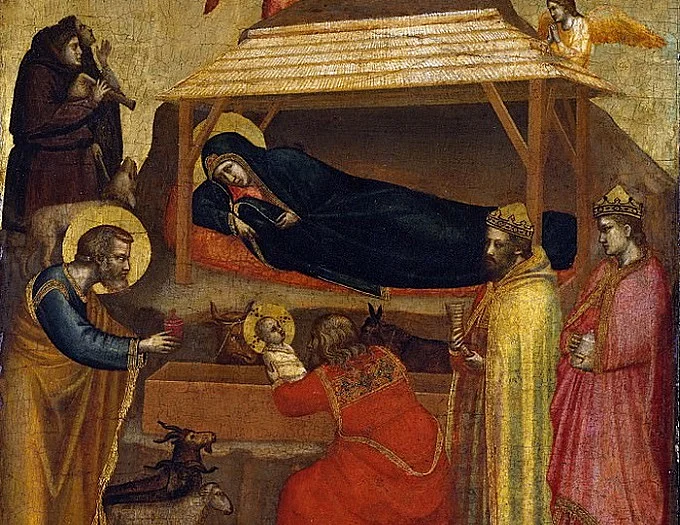
All the same, January 6 is celebrated in the Catholic world as a feast of veneration of these three wise men. In some European countries, there is a tradition of writing the letters CMB on the doors of houses and temples – according to one version, these are the first letters of the names of the three “kings,” according to another, the words in the Latin phrase Christus mansionem benedicat, which means “may Christ bless this house”. Water, chalk, and incense are consecrated in temples.
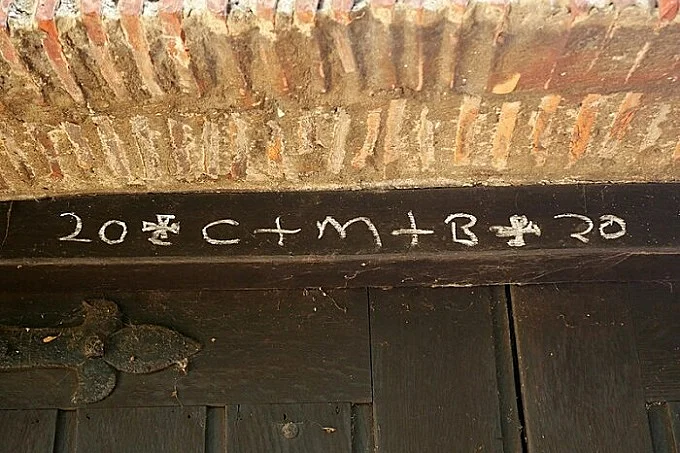
The French, and not only them, prepare a cake on the day of the Epiphany, in which a “surprise” is hidden – a coin, or a figurine, or a bean, and whoever gets a piece with a surprise is declared “king” or “queen”. But according to the Spanish tradition (and the traditions of other Spanish-speaking states), it is on January 6, the day of worship of the Magi, that it is customary to give gifts.
Many works of art are dedicated to the plot of the Epiphany – whether it is associated with Christmas, the Adoration of the Magi or Epiphany – many works of art were devoted to, many masters of the Renaissance took up the brush precisely for the sake of embodying this event on canvas. Andrea Verrocchio’s painting “The Baptism of Christ” is interesting, for example, also because part of it was done by the artist’s student, Leonardo da Vinci. A legend is associated with this work about how a teacher, seeing a student’s work, admitted himself defeated. Da Vinci’s brushes in that picture belong to the figure of an angel and some elements of the landscape.
Then Jesus came from Galilee to the Jordan to John to be baptized by him. John held him back, saying, ‘I need to be baptized by you, and do you come to me’? But Jesus answered and said to him, Let it be so now, for thus it is fitting for us to fulfill all righteousness. Then John allowed him to be baptized. And when Jesus was baptized, immediately He came up out of the water, and behold, the heavens were opened to Him, and John saw the Spirit of God descending like a dove and coming down on Him. And behold, a voice from heaven said: This is My beloved Son, in whom I am well pleased. (Matthew 3:13-17).
According to the canons of painting, Christ and John the Baptist in the paintings devoted to the plot of Baptism are often depicted in robes of blue and red, which is no coincidence: red, the color of blood, symbolizes suffering, and besides, it is a “royal” color, blue in the paintings Renaissance is the color “divine”. The Baptist holds in his hand a thin cross-shaped staff. On the other side of Christ, one or more angels are depicted above the head of the Savior – a dove and the right hand of God the Father.



